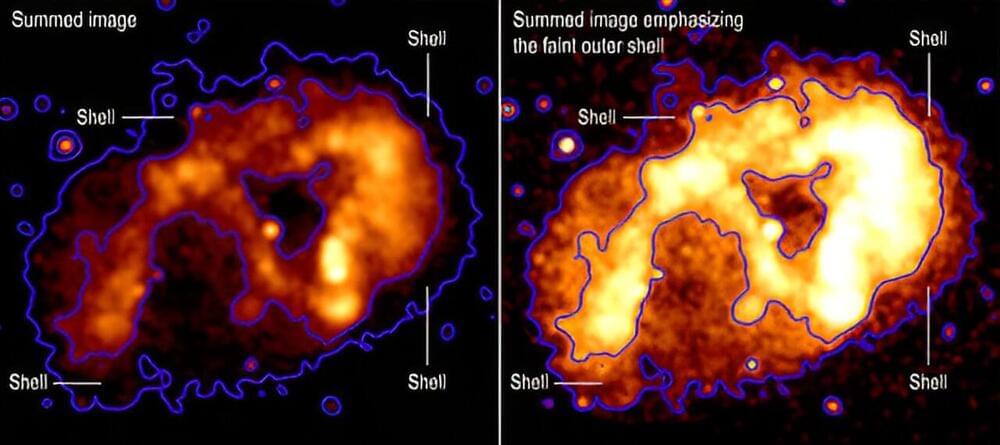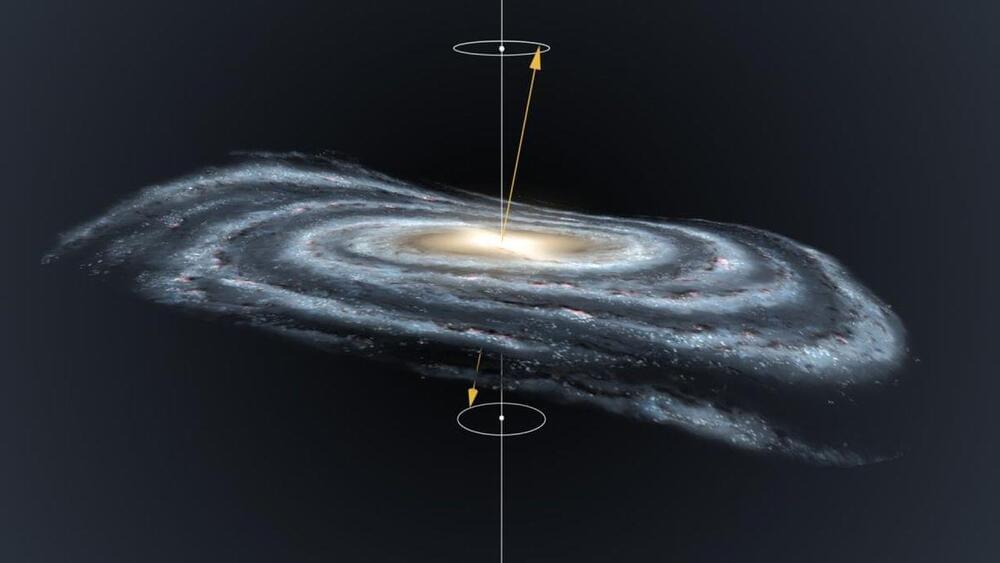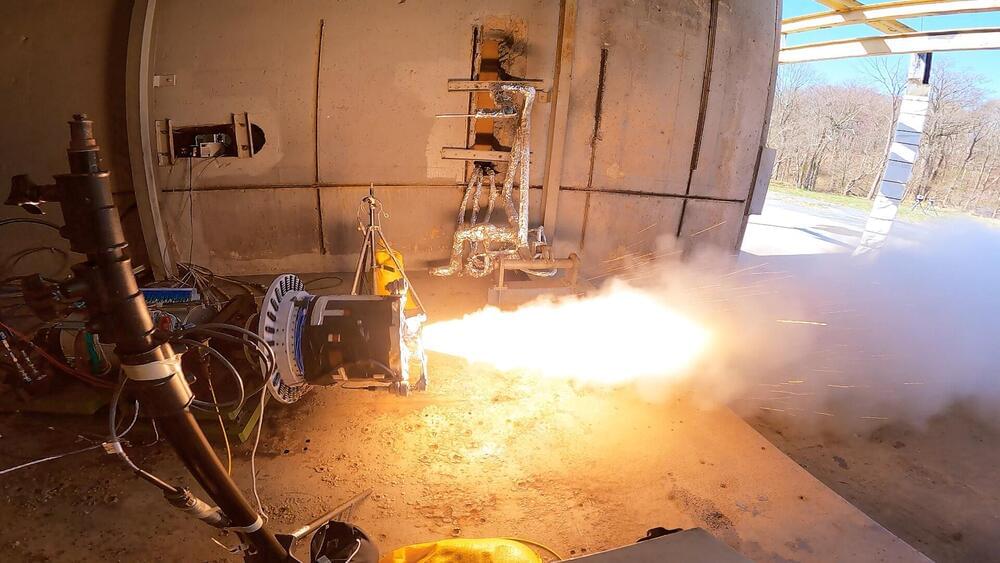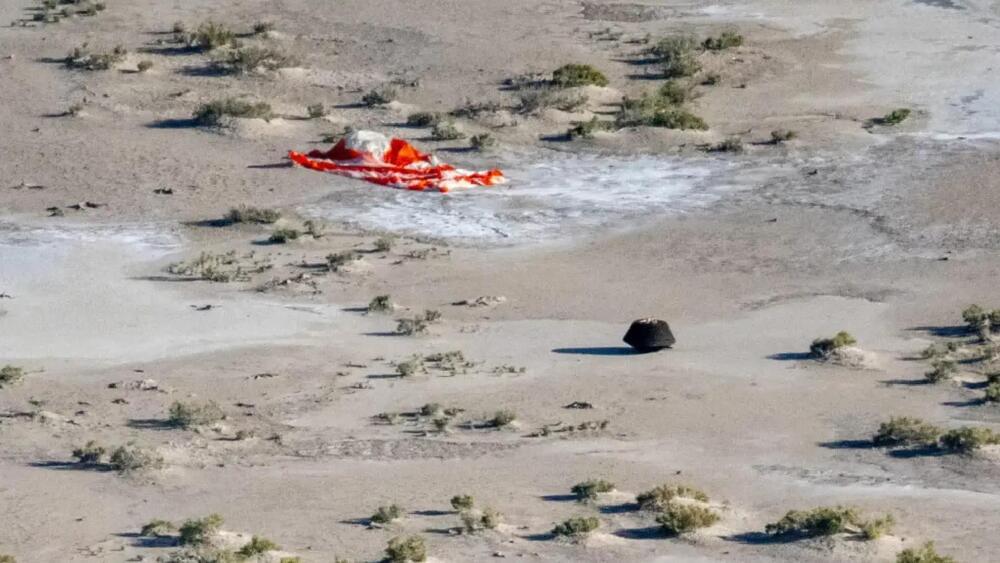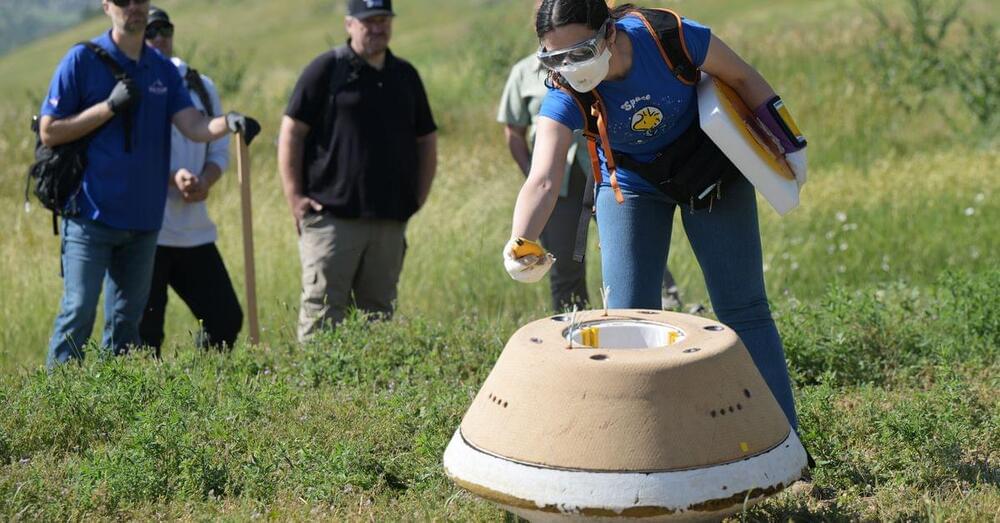Sep 27, 2023
Rock that punched hole in New Jersey house confirmed to be 4.6 billion-year-old meteorite
Posted by Genevieve Klien in category: space
A metallic-looking rock that smashed through the roof of a residential home in New Jersey’s Hopewell Township earlier this week is indeed a meteorite — a rare one about 4.6 billion years old, scientists confirmed on Thursday (May 11).
“It was obvious right away from looking at it that it was a meteorite in a class called stony chondrite,” Nathan Magee, chair of the physics department at The College of New Jersey (TCNJ), whose office was contacted by the Hopewell Township police soon after the rock was found on Monday (May 8), told Space.com.



